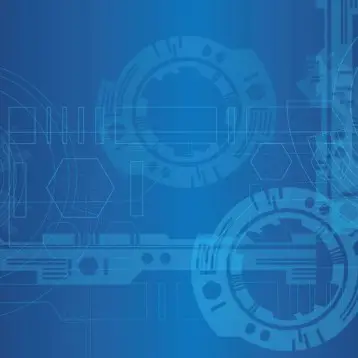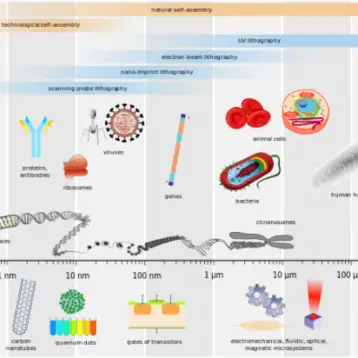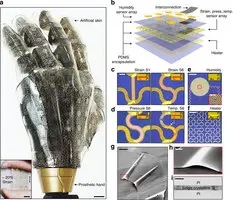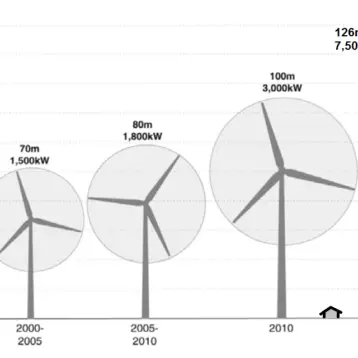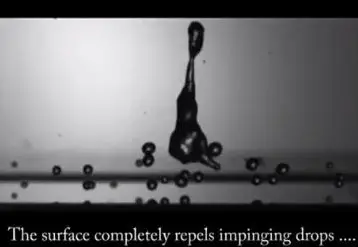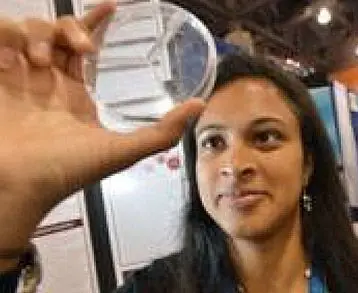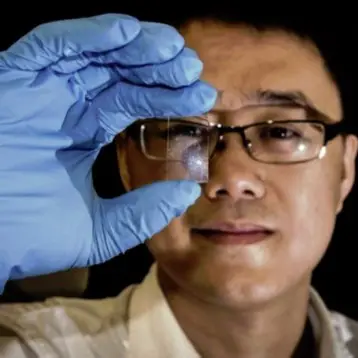|
The team of researchers was led by Professor Andre Geim and Dr. Kostya Novoselov, and is the same group that discovered graphene in 2004. Graphene is a one-atom-thick crystal with remarkable conductive attributes. Since its discovery, it has become one of the most talked about materials in physics and materials science and has been rumoured to be the material of choice for future electronics and photonics.
The technique of creating high-quality crystals of the novel graphane material consisted of exposing pristine (existing) graphene to atomic hydrogen. The inclusion of a hydrogen atom on each graphene carbon atom created graphane without varying or breaking its extraordinarily thin “chicken wire” structure. Graphane is especially of interest to scientists as it is insulating, unlike the conductive graphene. The scientists say the same method used for developing graphane could also be applied to develop other ultra-thin crystalline materials based on graphene.
“Graphene is an excellent conductor and is tipped for many electronic applications,” said Dr. Novoselov. “However, it was tempting to look at ways to gain additional control of its electronic properties through the use of chemistry. Our work proves that this is a viable route and hopefully will open the floodgates for other graphene-based chemical derivatives. This should widen the possible applications dramatically.”
The distinctive electronic properties of graphene allowed researchers to develop the material as small and fast transistors. However, the lack of the energy gap in the electronic spectra required scientists to apply complicated graphene-based formations similar to quantum point contacts and quantum dots for this purpose.
|
The allure of being able to ‘adjust’ graphene to demonstrate distinctive electronic properties has drawn great interest among the scientific community. Professor Geim said, “The modern semiconductor industry makes use of the whole periodic table: from insulators to semiconductors to metals. But what if a single material is modified so that it covers the entire spectrum needed for electronic applications? Imagine a graphene wafer with all interconnects made from highly conductive, pristine graphene whereas other parts are modified chemically to become semiconductors and work as transistors.”
TFOT has previously written about applications of graphene in semiconductors, developed by physicists at the University of Maryland. Researchers from Northwestern University have also created a graphene paper that is tougher than diamonds and could be mixed with polymers or metals to create materials for use in aircraft fuselages, cars, buildings, and even in military body armor. You are also welcome to check out our article on the world’s smallest transistor, developed by the researchers associated with the article above, Dr. Kostya Novoselov and Professor Andre Geim.
Additional information pertaining to graphane can be obtained at the University of Manchester website.



